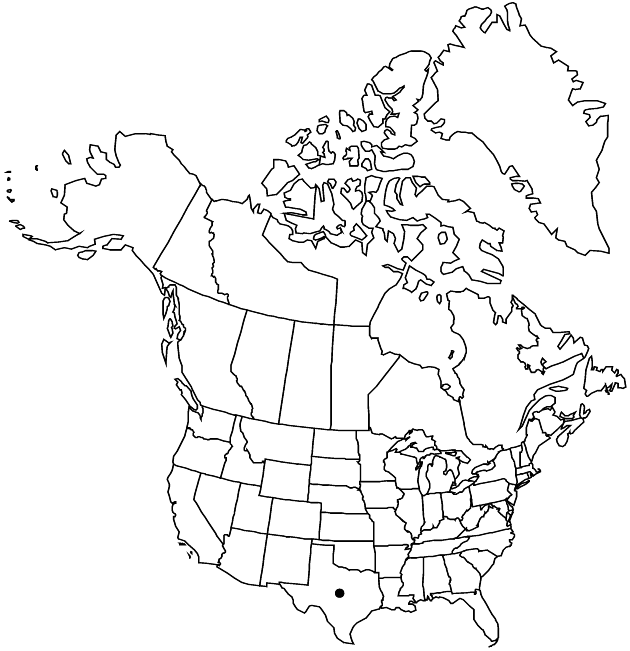Grindelia oxylepis
Pittonia 4: 42. 1899.
Annuals (biennials), 20–55 cm. Stems erect, stramineous, glabrous. Cauline leaf blades obovate or oblong to spatulate, (5–)10–15(–30) mm, lengths 2–2.5(–5) times widths, bases ± clasping, margins crenate (teeth usually 7–9, sometimes 3–6, per cm, rounded to blunt, usually resin-tipped), apices obtuse to acute, faces glabrous, moderately gland-dotted. Heads in open, paniculiform arrays or borne singly. Involucres broadly urceolate, 7–10 × 8–16 mm. Phyllaries in 4–5 series, reflexed to spreading, ± lanceolate, apices recurved to nearly straight, subulate to acuminate, moderately to strongly resinous. Ray florets 20–30; laminae 7–9 mm. Cypselae brown, 1.5–3 mm, apices smooth or coronate, faces rugose; pappi of 2–3 straight, smooth or barbellulate (distally dilated), setiform awns 4–6 mm, shorter than or nearly equaling disc corollas. 2n = 12 (Mexico).
Phenology: Flowering (Apr–)Jun–Sep.
Habitat: Moist places, plains, valleys, fields
Elevation: 800–1600 m
Distribution

Tex., Mexico (Chihuahua, Coahuila, Durango, San Luis Potosí, Zacatecas).
Discussion
Selected References
None.